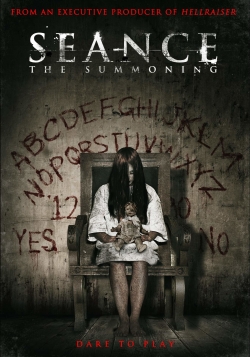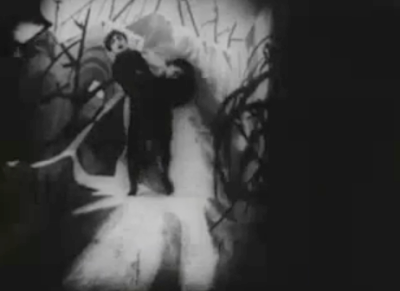
SEANCE MOVIE STILLS MOVIE
Time still tends to take a specific toll on women’s bodies (see Lynne Segal’s recent book Out of Time), especially when those women are movie stars – and here its effects induce panic and trauma. Hollywood classics including Jezebel (1938), Possessed (1947) and What Ever Happened to Baby Jane? (1962) are shrewdly broken up and reordered to show Joan Crawford and Bette Davis terrorised by the passage of time and haunted by their future selves. In a room next to Maddin’s revival of films that do not exist, there’s a repurposing of several films that do, in Soda_Jerk’s two-channel video installation The Time That Remains (2012) – a clear highlight of the exhibition.

Appearing both old and new, they haunt and taunt the present with mimetic flashes of what could have been. As with his feature-length films, these clips mimic the imagery and style of early cinema – but only partially. Maddin has spent years collecting stories about old films that were lost, cancelled, destroyed or abandoned, and Hauntings is his attempt to make them present as ghostly fragments of unrealized potential. The entire back wall of the gallery is given to Canadian filmmaker Guy Maddin’s 11-channel video installation Hauntings I (2010), which was conjured into being as a tribute to the gaps in cinema’s history. Despite appearances, this is recent footage – so why are these living people being represented in this way? It sets up a discomforting gaze, recalling Johannes Fabian’s warnings about anthropologists who deny the contemporaneiety of their subjects by consigning them to imagined pastness or timelessness.Ĭinema recurs throughout Séance Fiction – in both technical form and thematic content. The film shows muted images of Palmelo residents engaged in Spiritist healing activities – activities which are only vaguely identified, if at all – interspersed with sober, formalist shots of Brazilian natural landscapes and modernist buildings and interiors. While there’s a sophisticated evocation of Brazil’s interrelated histories of nation building, colonialism, utopian ideals and Spiritism, I’m dubious about the presentation here. Between the austere, achromatic installation and the expensively anachronistic technology, the most palpable ghostly presence being channelled seems to be that of obsolete modernist aesthetics. Guimarães and Akhøj’s 16mm film is screened through a noisy old projector on a concrete plinth, which is surrounded by custom-made concrete and reclaimed wood benches.

Curated by Peta Rake, the exhibition presents work by four solo artists and three collaborative duos. This work provides the most literal thematic anchoring for the gallery’s current exhibition Séance Fiction, which invites us to think broadly about art as mediumistic communication – as something that channels other times and facilitates moments of contact between what is, what has or might have been, and what could come to be. Tamar Guimarães and Kasper Akhøj’s film installation A Família do Capitão Gervásio (2013/2014) focuses on Palmelo’s Spiritist community, and one woman’s visits, during her sleep, to twenty ‘astral cities’ which are said to hover above Brazil. Inside the Walter Phillips Gallery at the bottom of the tunnel-less Tunnel Mountain, I’m watching black-and-white footage shot in Palmelo, a small town in Brazil where half the inhabitants are Spiritist mediums who also work as civil servants.

SEANCE MOVIE STILLS FULL
And history is full of such tunnels misguided propositions, abandoned projects, and passageways that linger on or reappear even when they were not built. Now when people refer to Tunnel Mountain they refer to the tunnel that is not there, the tunnel that has never been there. But the name, as names sometimes unpredictably do, stuck. It started when some guy who was surveying the land for the Canadian Pacific Railway construction in the nineteenth century thought that it would be a good idea to put a tunnel through the mountain. There’s no tunnel in this mountain, but we call it Tunnel Mountain because, well, everyone else does. The exhibition Séance Fiction at The Banff Centre in the Canadian Rockies invites us to think broadly about art as mediumistic communication – as something that channels other times and facilitates moments of contact between what is, what has or might have been, and what could come to be.īehind The Banff Centre in the Canadian Rockies there’s a mountain called Tunnel Mountain. 2-channel video installation, 11:56 minutes. Soda_Jerk, still from The Time that Remains (2012).


 0 kommentar(er)
0 kommentar(er)
